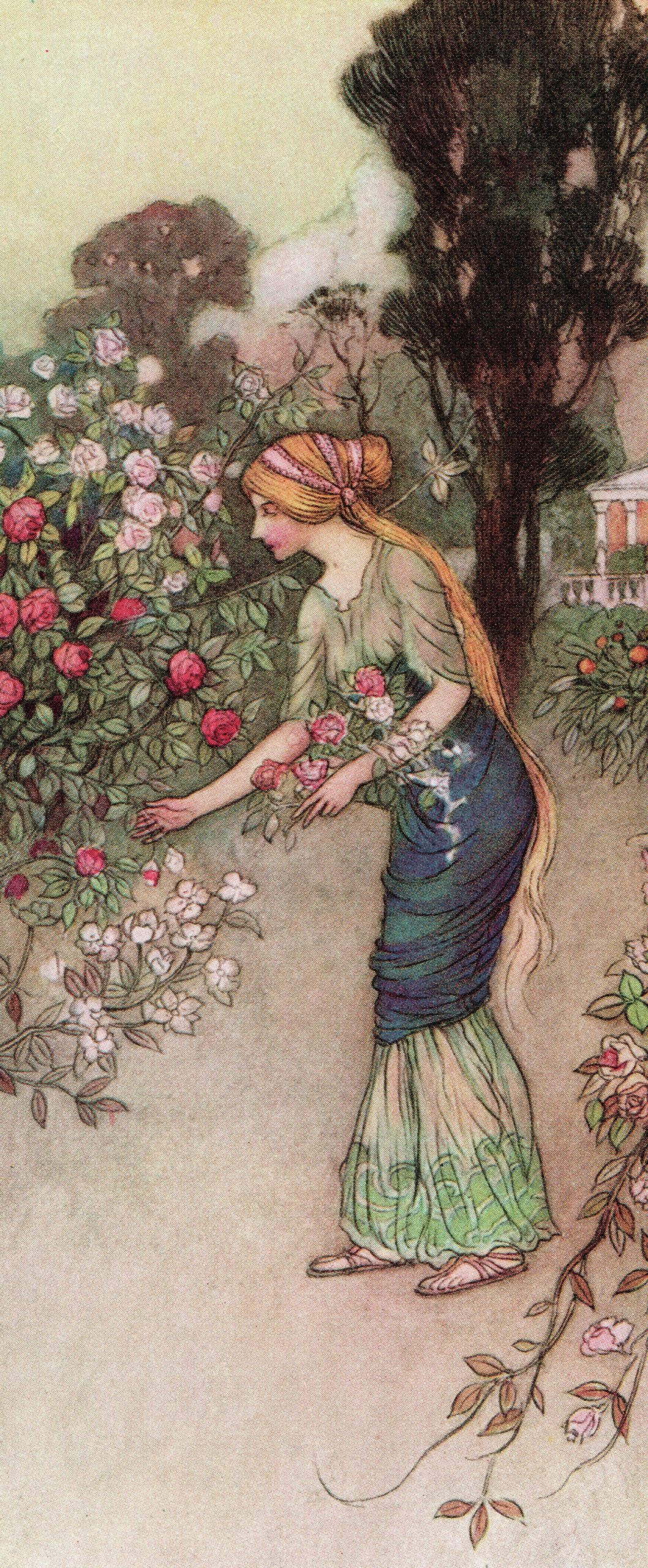
Lavinia Greenlaw’s new book A Double Sorrow: Troilus and Criseyde (2014) is, in her own words, ‘not a version, and certainly not a translation, but an extrapolation’ of Chaucer’s long poem, Troilus and Criseyde (Greenlaw, p. xi). As she writes in a radical paraphrase of Chaucer’s anxieties about linguistic change, ‘This is nothing new / But it’s close to home’ (Greenlaw, p. 46). Greenlaw’s work comes in the midst of a wave of versions, translations and updatings of long medieval poems by distinguished modern poets — to mention only the most celebrated: Seamus Heaney’s Beowulf (1999), and his version of Robert Henryson’s Testament of Cresseid and Seven Fables (2009); Simon Armitage’s Sir Gawain and the Green Knight (2007) and The Death of King Arthur (2012).
In this article, I want to ask why contemporary poets turn to the medieval. What is at stake in these updatings, and what sort of results do they produce?
Your organisation does not have access to this article.
Sign up today to give your students the edge they need to achieve their best grades with subject expertise
Subscribe




